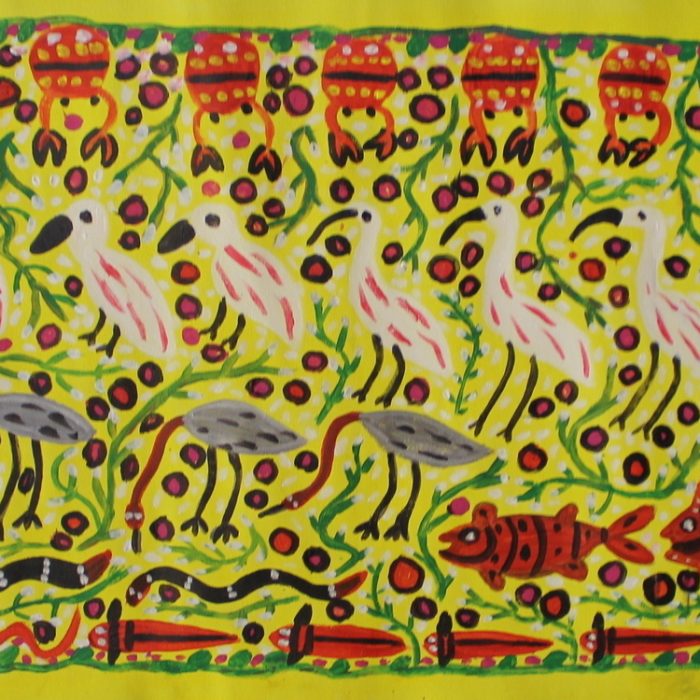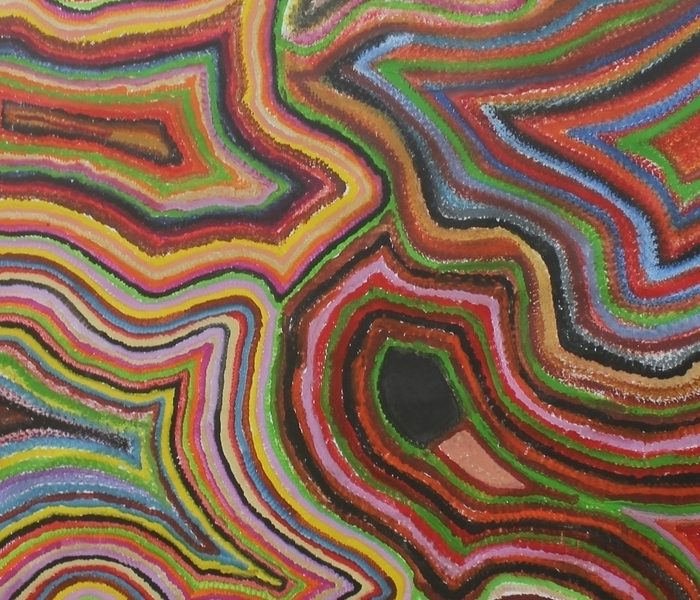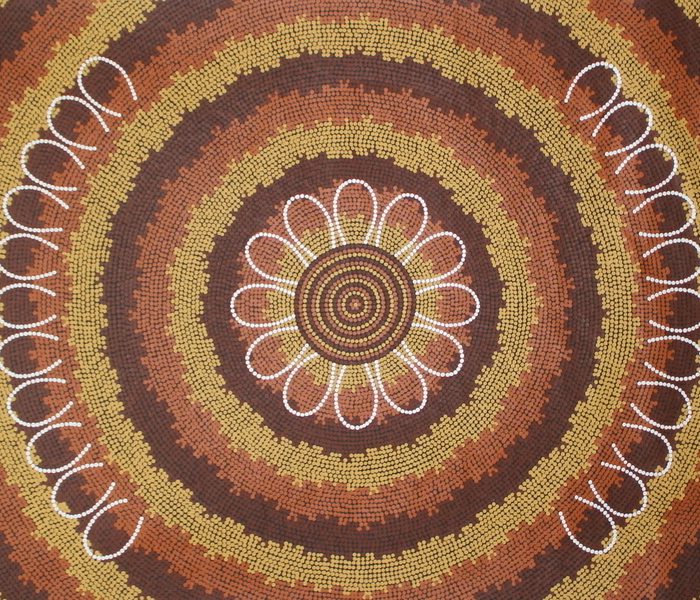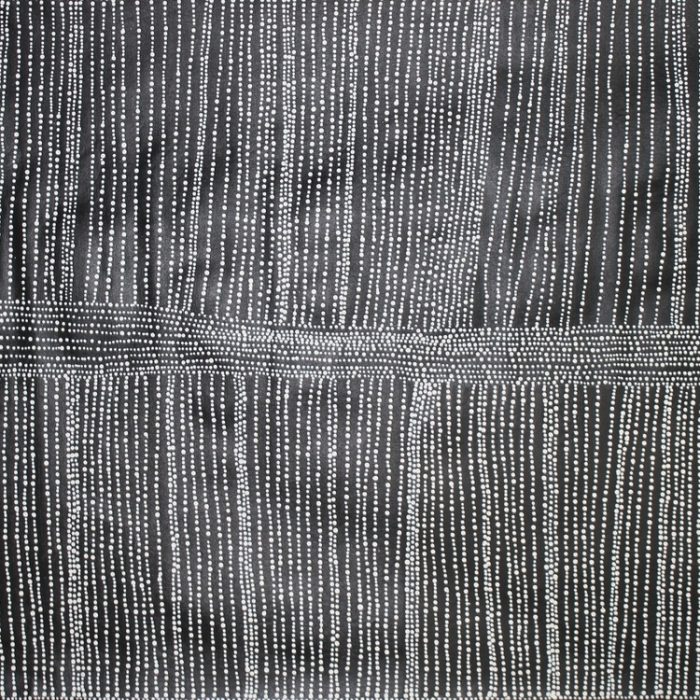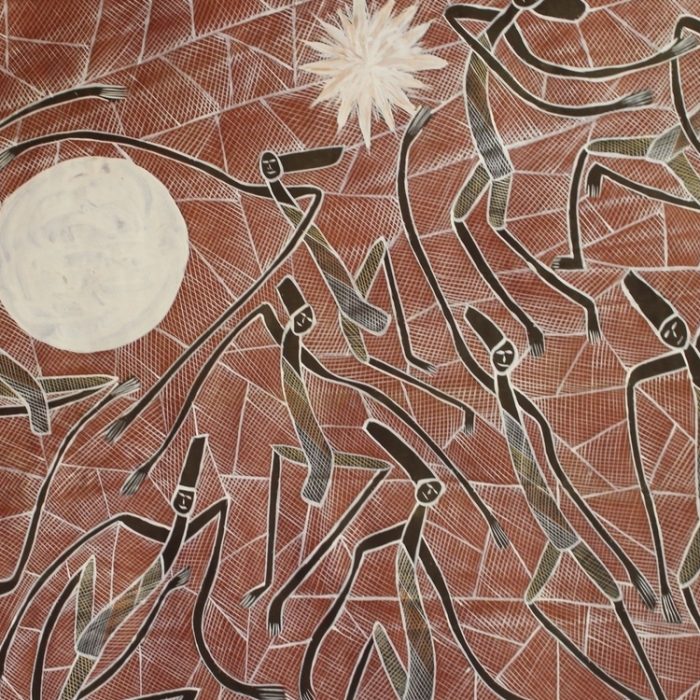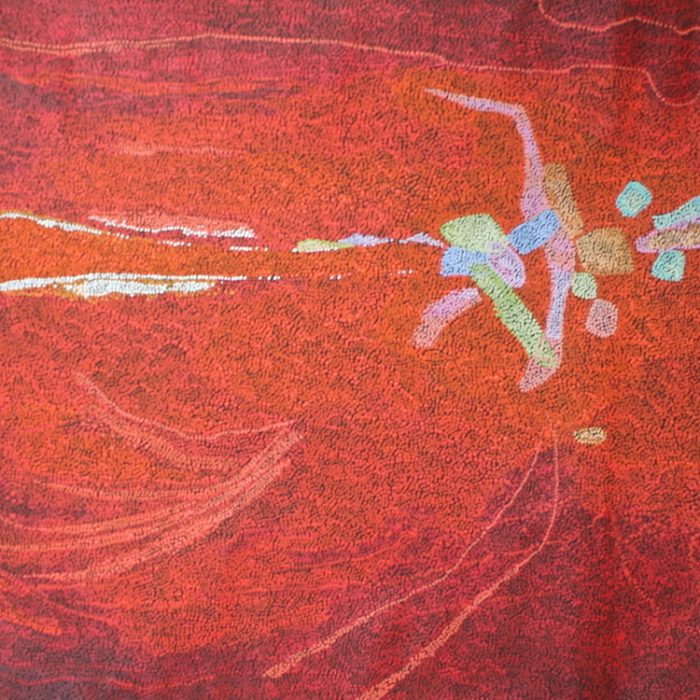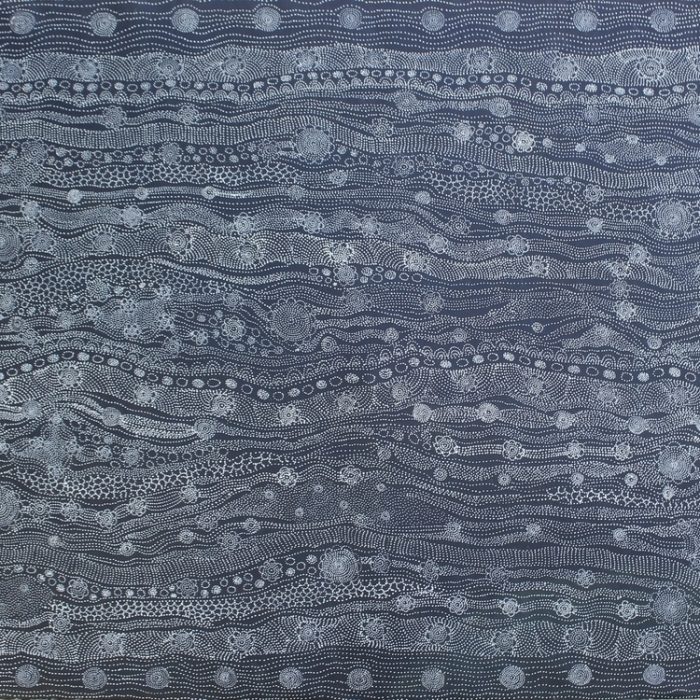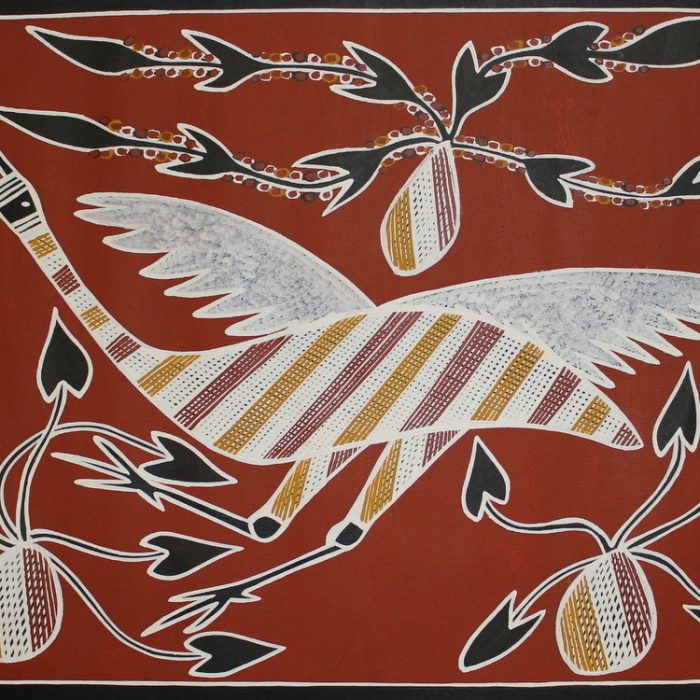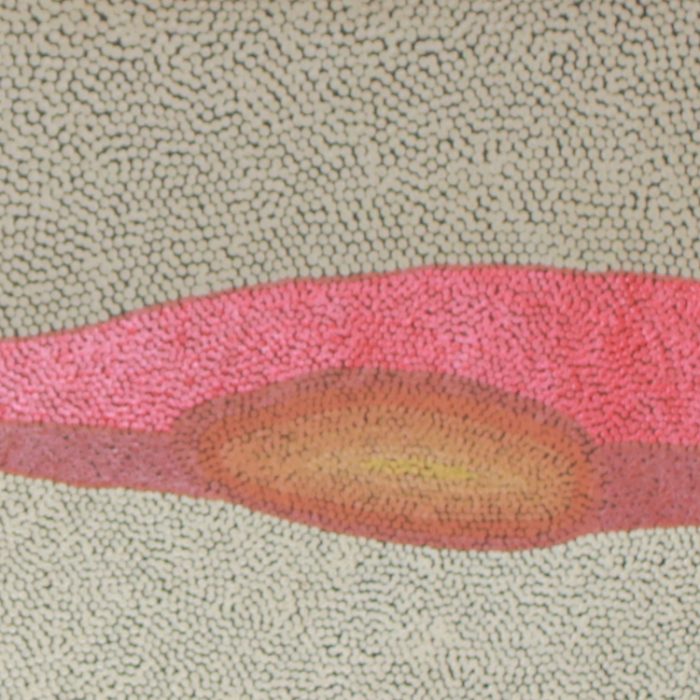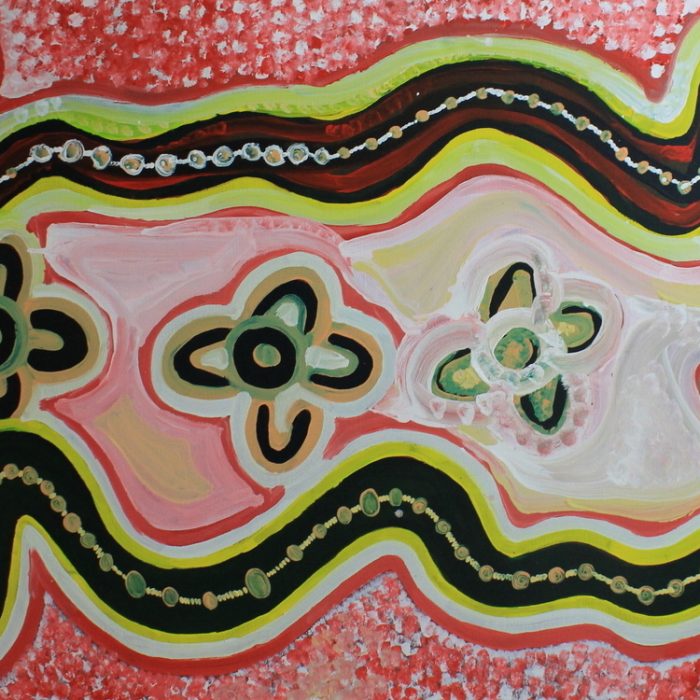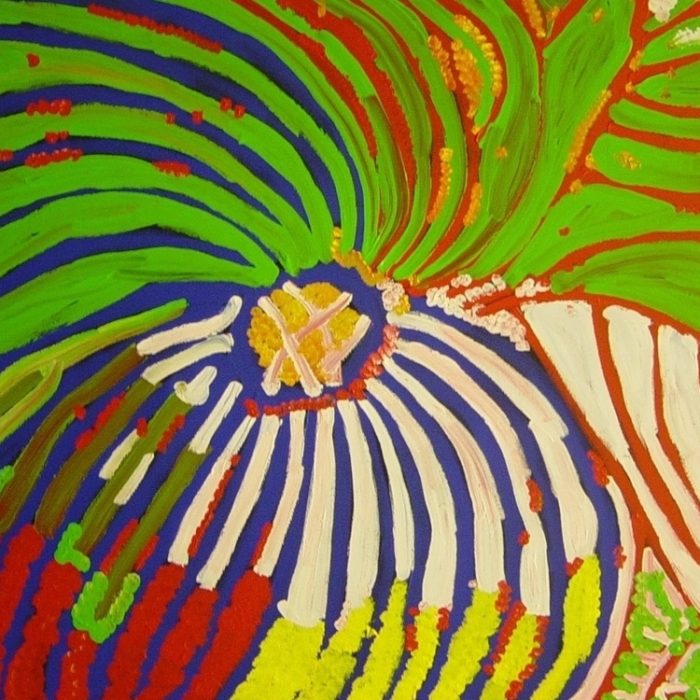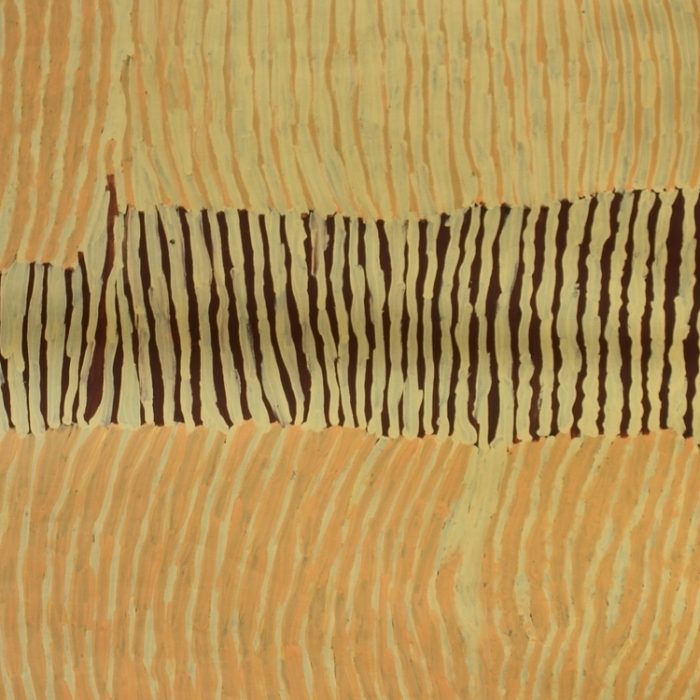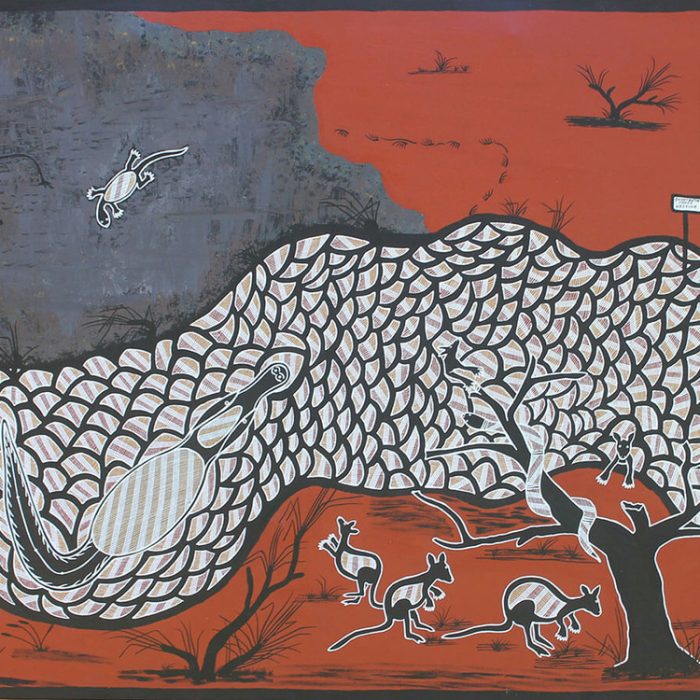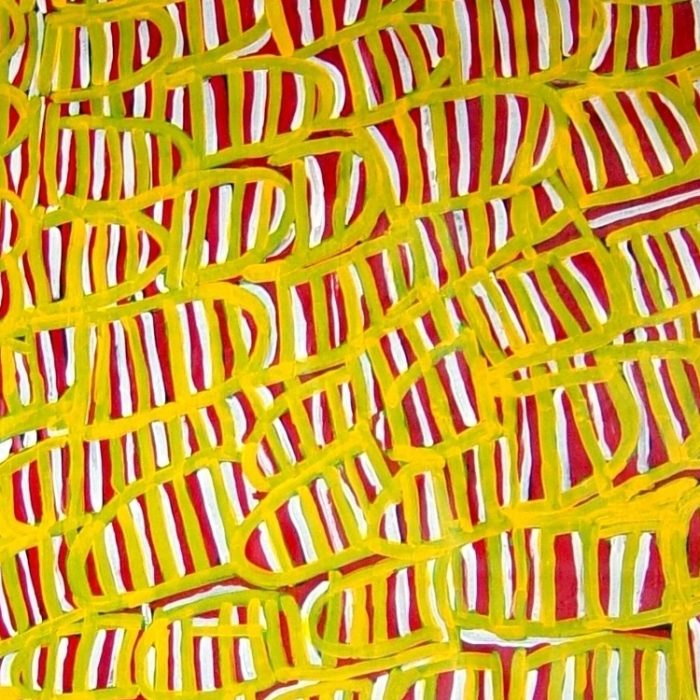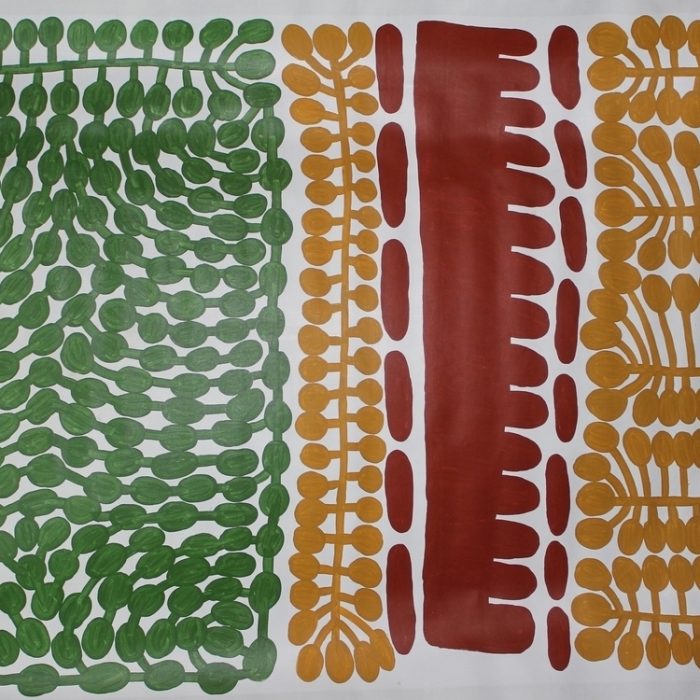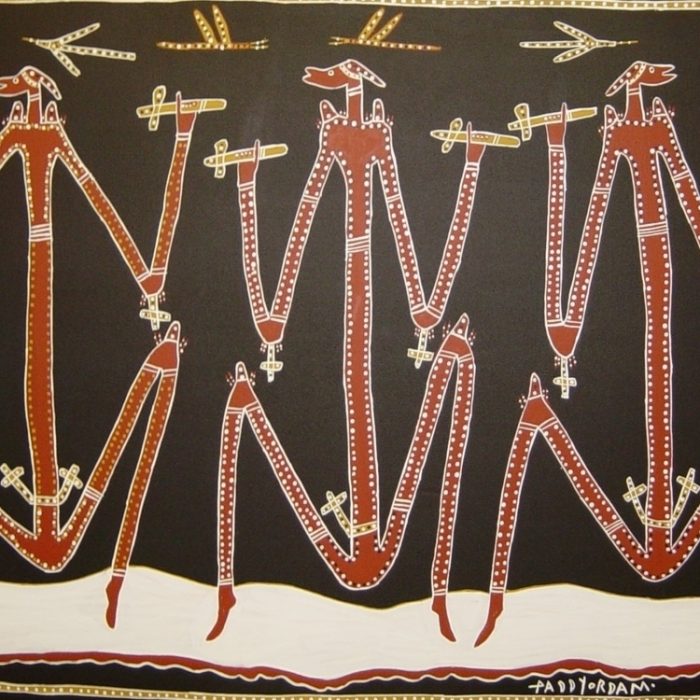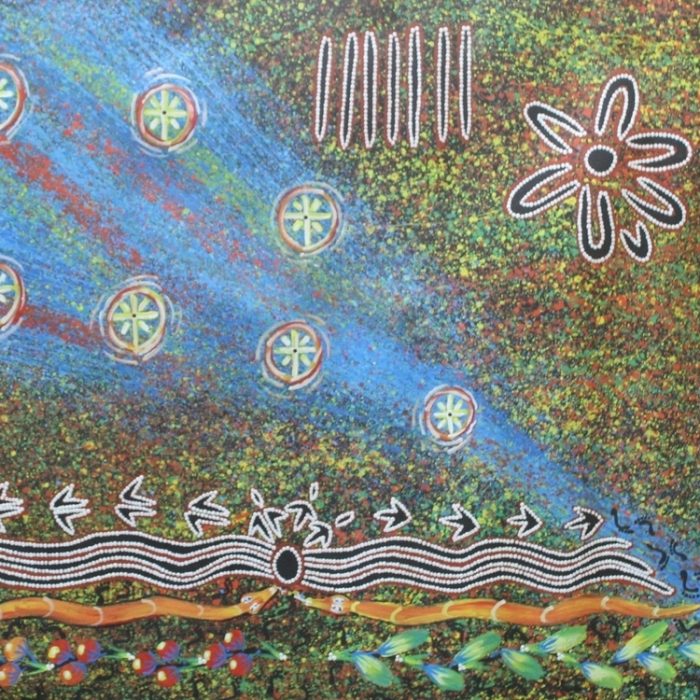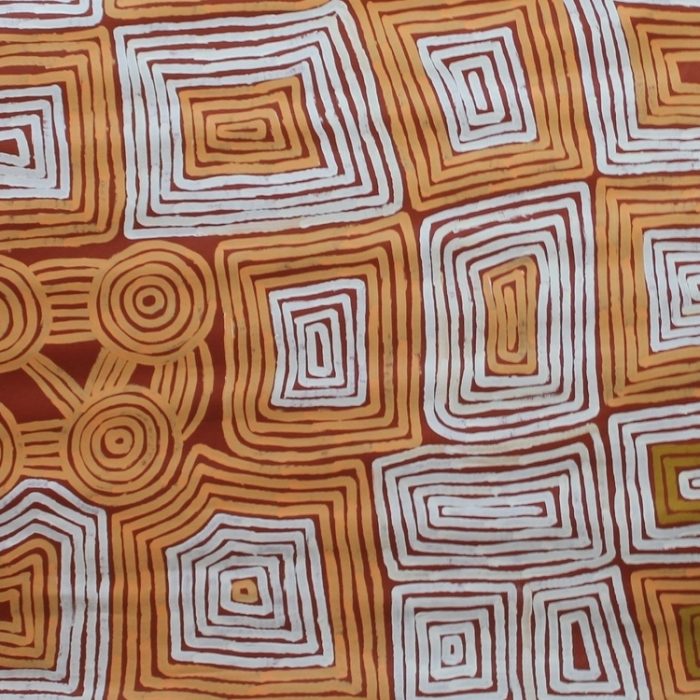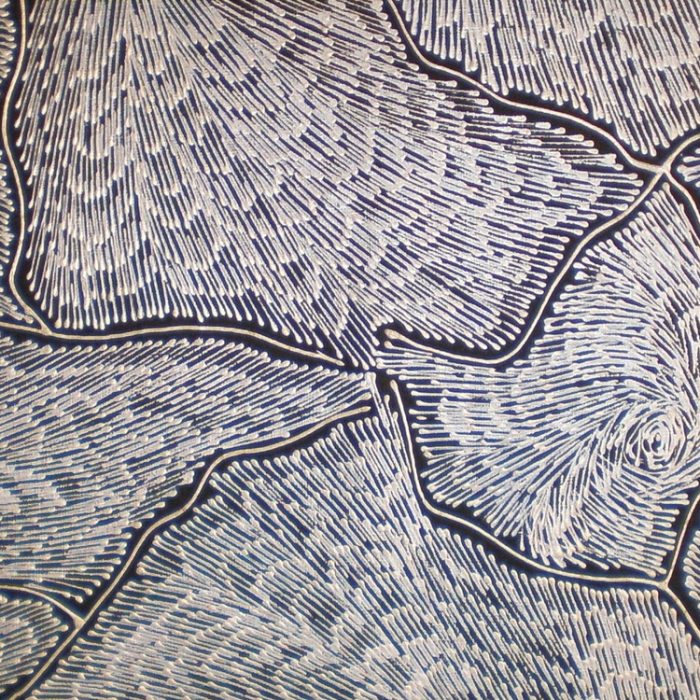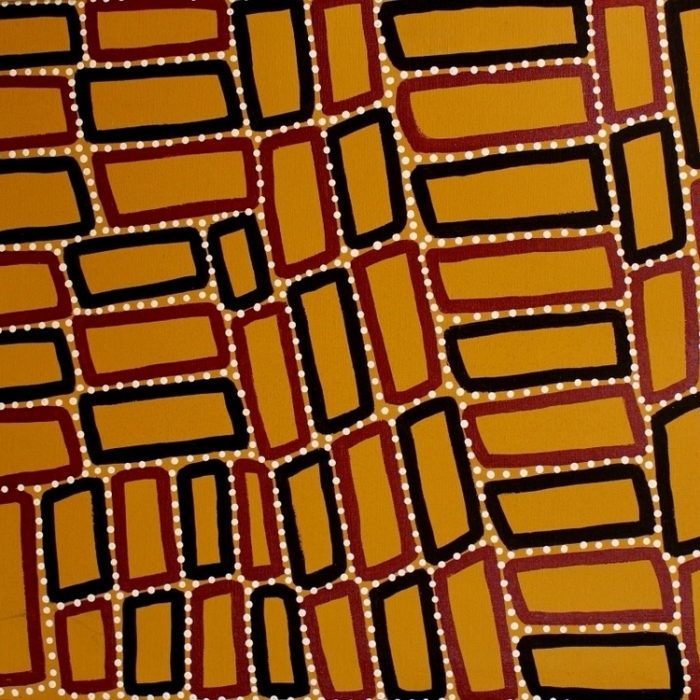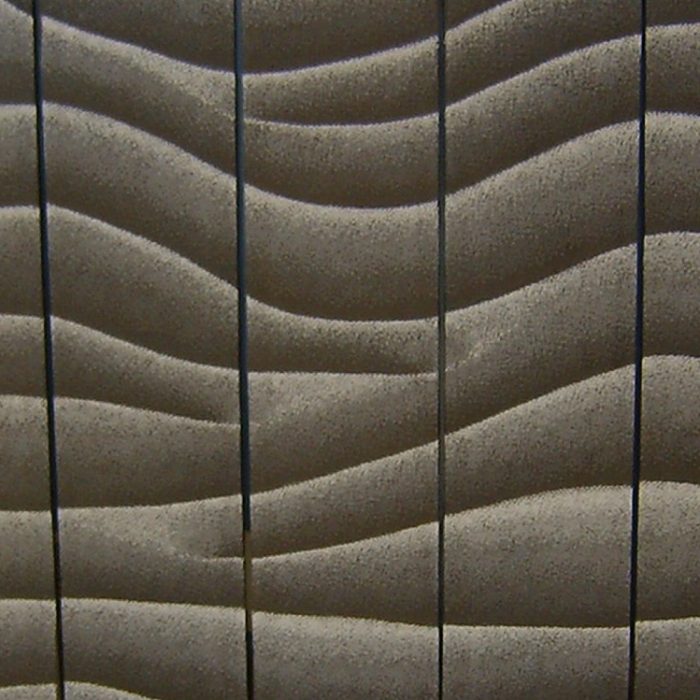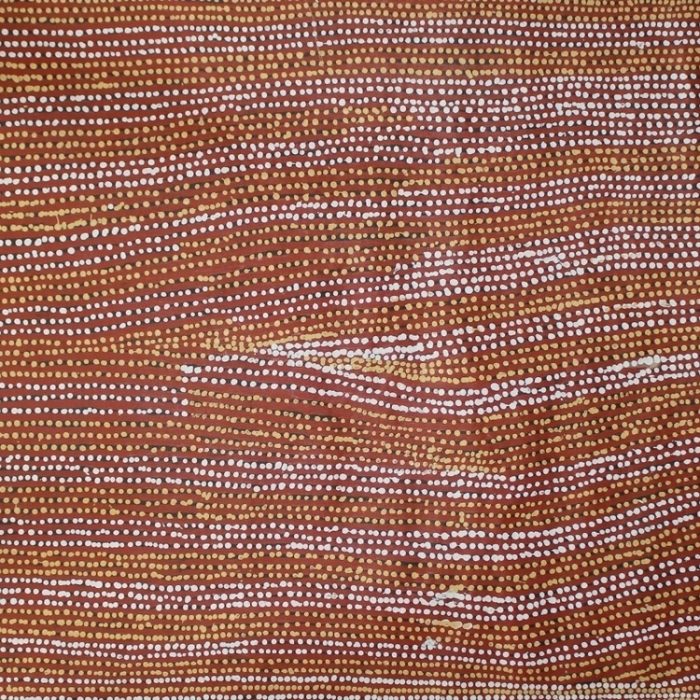Aboriginal art is one of the oldest and richest art traditions in human history, developed over tens of thousands of years. The term “Aboriginal Art” is a collective name for various styles, techniques and media that developed during this time and continues to evolve today. It encompasses all forms of creative works that Aboriginal people have practised through history – from the earliest rock carvings on cave walls, bark paintings and body decorations to contemporary dot paintings and textiles.
Traditional Aboriginal Art vs Contemporary Aboriginal Art
Traditional Aboriginal Art
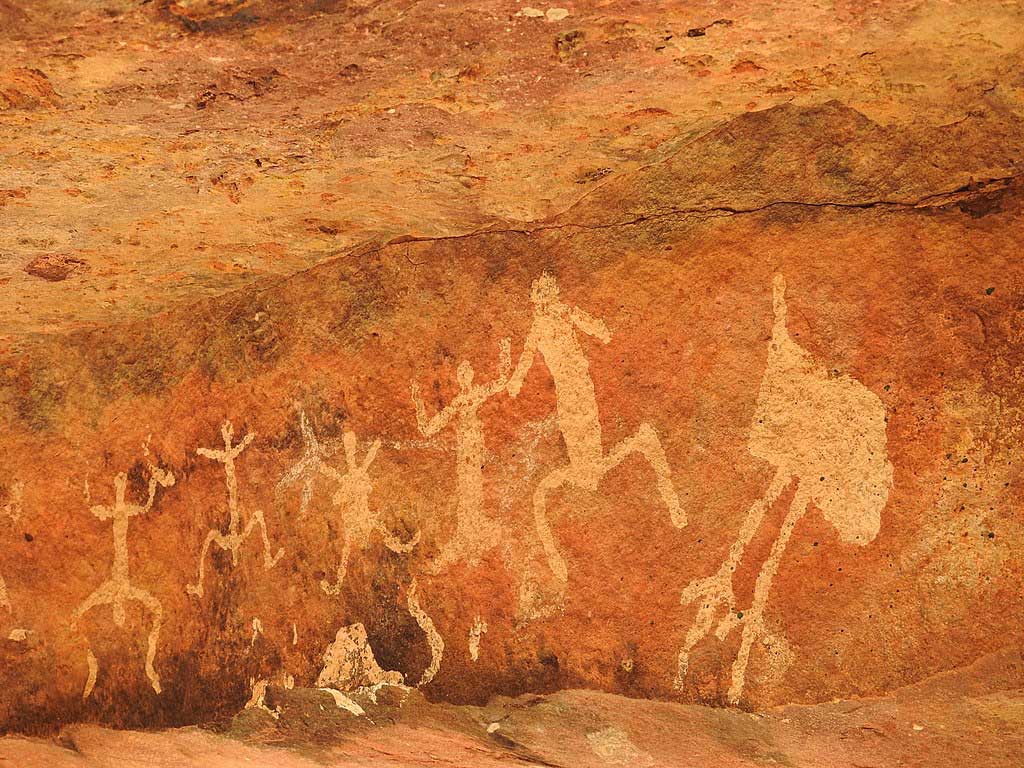
Traditional Aboriginal art was a means of expression using a language whose symbolism passed on indigenous cultural heritage from one generation to the next. Traditional art used a restrained colour palette of yellow, brown, red and charcoal and was created on media such as rock walls, sand, bark and skin. Contemporary art may use different media and a brighter colour palette; however, it continues to maintain this millennia-old culture through storytelling tradition.
Contemporary Aboriginal Art
The contemporary Aboriginal art movement was born in the remote Northern Territory settlement of Papunya in 1971 when a group of Aboriginal elders began recording their knowledge of traditional culture on canvas and paper.
On a visual level, the stunning contemporary aboriginal art of the Papunya artists used warm, vibrant colours. Symbolically, the work displayed their detailed understanding of traditional lore based on sacred stories passed down through the centuries.
The Papunya artists used dots, lines, footprints, and circles to create balanced forms and brightly coloured details, invoking their different language groups’ magical stories and associated memories. These works revealed a new style of art emerging initially from this single community on one significant occasion in Australia’s history.

